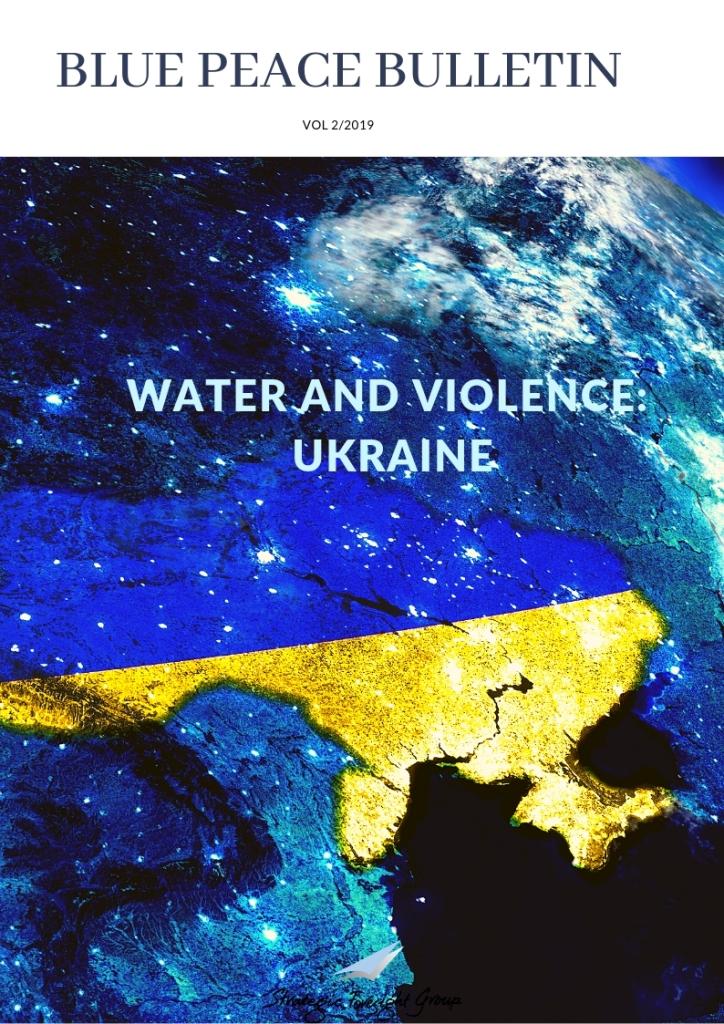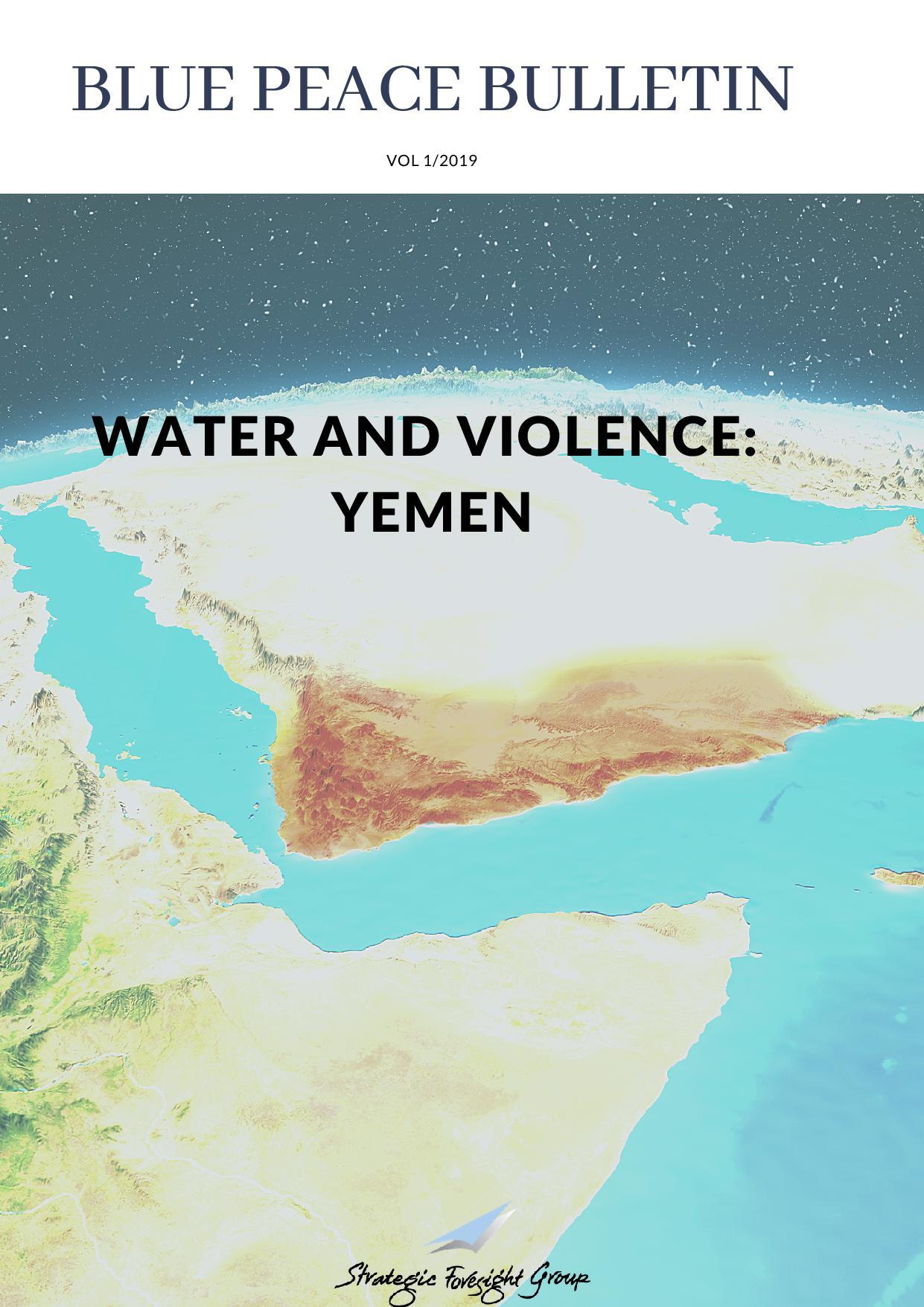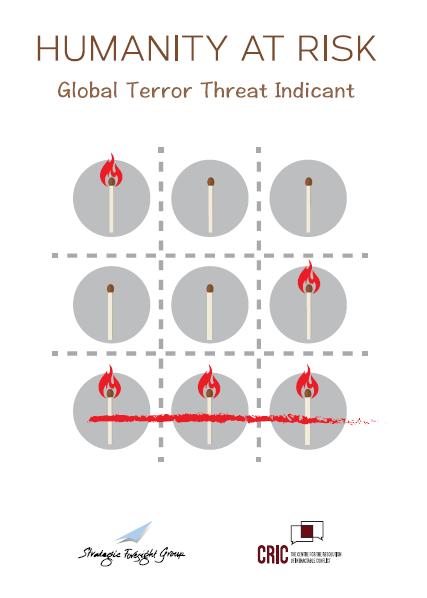Kashmir �€“ Another Intifada?
|
|
September, 2010
By Gitanjali Bakshi
|
During the recent troubles in Kashmir, many analysts were quick to draw parallels between Kashmir and Palestine, stating that the unrest in the valley is similar to that of the Palestinian Intifadas. According to the Christian Science Monitor, the nature of the recent protests �€“ stone throwing by youth as a reaction to heightened security measures and economic stagnation �€“ is strikingly comparable to the Palestinian riots witnessed in 1987 and 2000.
This method of analogy, pitting the Kashmir issue alongside the struggle in Palestine, has been used before: sometimes as a comparative framework, employed by academicians to draw out lessons for the peace process; and at times as a rallying cry by international jihadist groups, in an effort to spread extremism to Muslim nations across the globe.
When viewing Kashmir and Palestine, there are certain salient similarities, chief among them being the birth of the conflicts themselves. In the year 1947/48, the world witnessed states in both South Asia and the Middle East gain independence from the British Empire. However, along with political emancipation came the hardships of partition and, consequently, the seemingly inexhaustible conflicts that we deal with today: the beginning of discord between Israelis and Palestinians over historical Palestine, and the question of Kashmir�€™s independence or its absorption into India.
The demand for self-determination is another common point. Both Palestinians and Kashmiris want the right to decide their political fate. There are also certain religious undertones that run beneath the surface of these two conflicts, since both areas constitute Muslim majorities -- roughly 90% in the Palestinian Territories and 70% in Kashmir. They have both incurred economic and societal set-backs as a result of the on-going disputes and are subject to heavy security measures like curfews, check-posts and border control. Lastly, militant and extremist organizations have been endemic to both Kashmir and the Palestinian Territories; and in both cases foreign actors have been accused of aiding and abetting these groups.
There is no denying that certain parallels can be drawn when looking at these two conflicts. However, the similarities are often propounded, while the differences are somewhat ignored. Even within the similitude mentioned above, there are distinctions that set these two regions apart.
One can start with the nature of the events that unfolded in 1947/48: In the Middle East, a war between Israelis and Palestinian Arabs resulted in a forced Israeli military take-over and a mass exodus of approximately 700,000 Palestinians. In South Asia, the ruler of Kashmir, Maharaja Hari Singh and the Indian Government entered an Instrument of Accession; a negotiated relationship that handed over communication, defense and foreign policy powers to the Indian state in return for security.
Even within the right to self-determination, Kashmir has certain regional disparities that are not present in the Palestinian case study. A recent survey by Chatham House, which polled 3,700 Kashmiris, revealed that the call for independence came mainly from the Kashmir Valley, while certain parts of the state like the Hindu-majority Jammu and Buddhist majority Ladakh do not share the same sentiment for political independence. Only 43% of the people polled said they wanted independence from India. In the case of Palestine, the desire for independence is more evident; uncertainty simply lies in whether it should manifest in the form of a bi-national state or two-state solution.
In order for any comparative analysis to be complete, the distinctions within these two conflicts have to be considered; and there are quite a few.
In Palestine there are two principal parties involved �€“ Israel and the Palestinians. Whereas in Kashmir, there are three parties involved �€“ India, Kashmir and Pakistan. The difference in the number of players involved considerably changes the political equation, post-independence scenarios and future plans. Kashmir is one state out of many in India, and an independent Kashmir would have serious repercussions on other separatist movements. On the other hand, Palestine stands alone. If we view Kashmir within this context, Kurdistan in Iraq or Northern Cyprus would be a better comparison to understand the political and security implications of autonomy.
Due to strict laws against non-resident Kashmiris, the demographic status quo has remained roughly the same over the years. Under Article 370 in the Indian Constitution people from regions other than Jammu & Kashmir are not allowed to purchase land in the state. According to the 1901 Census of British India, Muslims constituted 74% of Kashmir and Hindus and Buddhists comprised the rest. These percentages have remained fairly stable over the last 100 years. However the increasing number of Israeli settlements in the West Bank has been one of the main bones of contention in the Israel-Palestine conflict, precisely because it has changed the status quo substantially over the years. In 1948 the Jewish population in the Palestinian Territories was around 2,800; today this number has risen to almost 500,000. There has also been a difference in the level of international involvement. The US and EU have been actively engaged in the Israel-Palestine peace process over the years, but have exerted a certain degree of discretion with regard to Kashmir.
Of course there are many more similarities and differences that can be drawn within a comparative analysis of these two conflicts, but the point remains the same: It is easy to club the Palestine and Kashmir conflicts together. However, a thorough understanding of their historical, territorial and political distinctions will reveal that it is just as important, if not more, to respect the differences that lie between them as to observe the similarities that hold them together.
Related Publications
Related latest News
Related Conferences Reports
-

P5 Experts Roundtable on Nuclear Risk Reduction
Download:Geneva Roundtable Report
-

Roundtable on Global Security and Catastrophic Risks
Download:Report on RT revise





